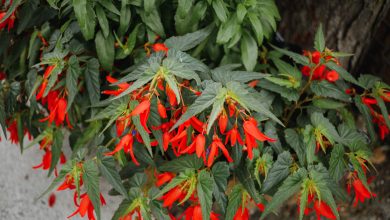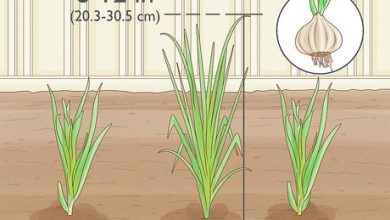Ferns: care, types and decoration
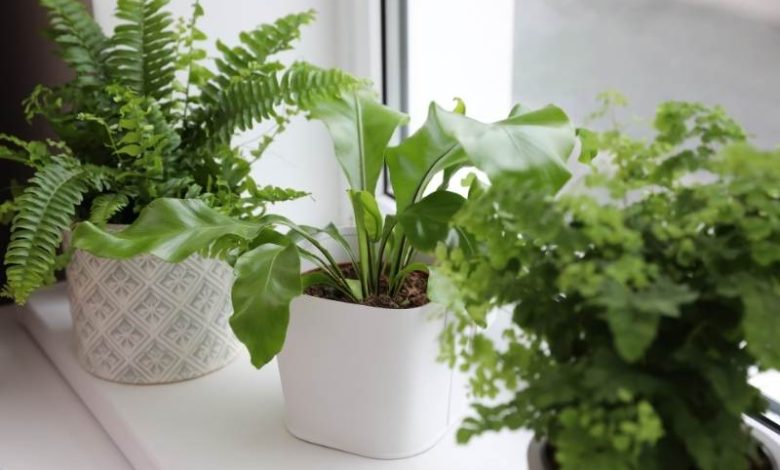
The fern does not go out of style, as it is still used both inside homes, as well as in gardens and patios, because it is very attractive to decorate any environment. But, to keep this plant in the best conditions, you must know the types of ferns and the care they need.
We cannot doubt that a touch of natural green gives life to spaces. That is why plants are that decorative element that is very present in any style of interior or exterior design. And if you like plants or want to learn how to take care of them, you can start with a very old species whose maintenance is not that difficult: Ferns.
Ferns are perennial plants without seeds or flowers, which are characterized by their feather-shaped leaves, called fronds. There are about 12,000 species of this plant throughout the world, its growth being more common in tropical rain forests or warm and humid places with abundant shade.
Its form of reproduction is by spores, since it lacks seeds and flowers. These spores are millions of cells that grow on the underside of leaves and are dispersed in the air.
fern parts
In this plant there are several elements that make it up, we list them below.
- Fronde or frond: This is the name given to the fern leaf and it has that elongated characteristic with many divisions, similar to a feather in the common fern.
- Stem: It has the versatility of being creeping, growing underground or straight, depending on the characteristics and type of species.
- Sori: They are visible structures on the underside of leaves where spores are produced.
- Rhizome: They are the underground stems of the fern.
- Rachis: It is the central part of the stem, where the fronds grow.
- Roots: These sprout from the rhizome and can be clearly seen in hanging ferns. They are characterized by being small, superficial and covered with small scales and villi.
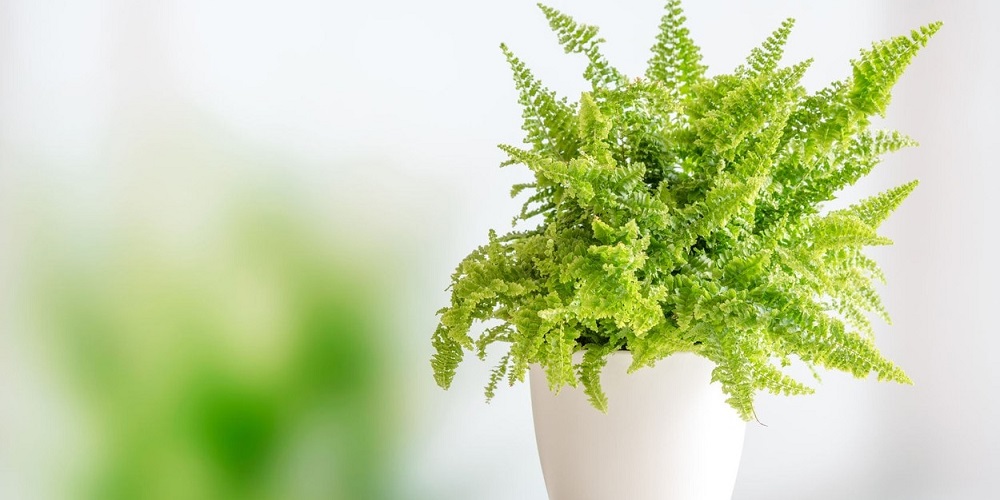
types of ferns
There are many species in the plant family of ferns, but some types are better known than others for their versatility and adaptation to dry or humid environments, a quality that allows them to be used outdoors and indoors. Here we will talk about the most popular.
- Male fern: It is a plant with fronds that reach up to 1.5 meters in length. Its appearance is greenish in color and it adapts well in gardens, as well as in pots indoors where it can have indirect light and moderate watering.
- Female fern: In the category of outdoor ferns, this species is widely used in places with prolonged droughts, as its resistance is high, as long as it is kept in shady areas. Its growth can reach 120 cm high by 90 cm wide.
- Sword fern: Its fronds are long, narrow and with many subdivisions that, due to its growth, arch for a very beautiful visual effect and suitable for cultivation as a hanging plant . Therefore, it is widely used indoors and outdoors. In addition, it requires simple care.
- Selaginella willdenowii or blue fern: It is a species native to Asia, characterized by the bluish iridescent color of its leaves, so it will give your garden an exotic touch, being ideal for outdoors. Due to the growth of its trunk, which can reach 8 meters in height, it can be classified in the category of giant ferns.
- Maidenhair or hair of Venus: It is a species with high decorative value, due to its small size, since it measures between 30 and 40 cm in height. From the rhizome sprouts delicate foliage with thin edges, and a soft green color, being classified as an indoor fern that needs abundant lighting, but without direct sunlight. For exteriors, it is recommended to place it under shade and in humid areas, where morning sunlight can access, as long as it is not very strong.
fern care
The nursery where you buy your plants is the ideal place to ask and learn how to care for your ferns . But, if you have inherited one from a friend or family member with the following basic information you can keep it green and leafy.
You must first determine if it is an indoor or outdoor fern. In this sense you will know what type of substrate you need.
For outdoor ferns, it’s generally recommended to keep the soil moist and place them in a spot with indirect sunlight. Likewise, it is recommended to fertilize once a month, maintaining a light universal type substrate , without abrasive fertilizers.
In the case of brown leaves or with dry edges, it is advisable to prune the plant immediately, to prevent it from losing life.
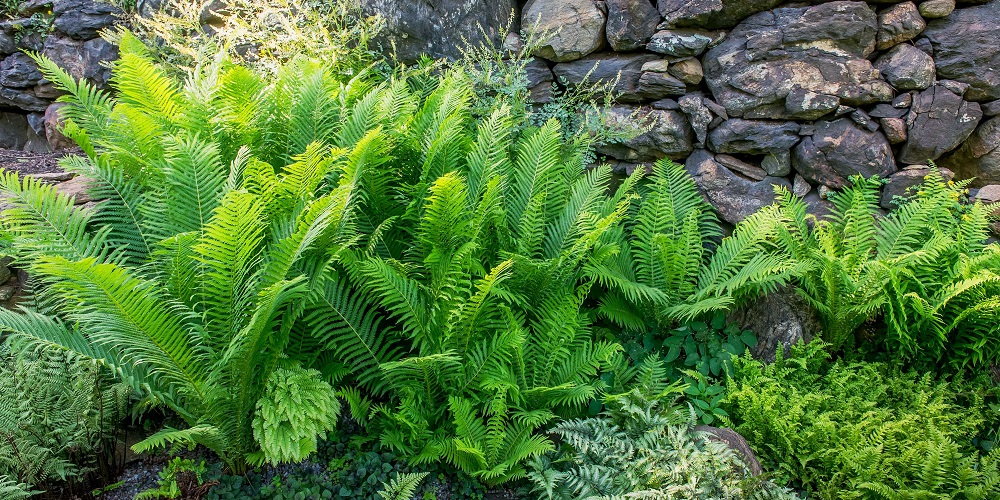
On the other hand, indoor ferns need to conserve more moisture, so it is recommended to put the plant’s pot inside another larger pot and cover the space with moss, watering it regularly, so that it generates more humidity. In this way, the plant will remain strong.
As for the soil, it must always be moist, but without exceeding the amount of irrigation.
To grow your ferns, the autumn and spring times are recommended. The preparation of the substrate must be done with a little sand, heather soil and also rich compost with crushed branches. With these elements an efficient drainage of the soil is obtained.
In addition to this information, you can investigate the specific care that the type of fern you have at home needs, so you can customize its irrigation, fertilization and cultivation. Now, we tell you some tips to decorate your home or office with this plant and achieve a beautiful style, maintaining the natural touch.
Tips for decorating with ferns
- Make your bathroom look modern and natural by placing a fern on a top shelf. The humidity that is concentrated in this room will help keep it beautiful and always green.
- Ferns in glass jars will give your home a very elegant appearance, you can use them as a centerpiece and you will make them stand out with a very dark substrate to contrast with the greenery of the fronds.
- Give life to the corners of your house or to the highest areas with a hanging fern. You can use the macramé pots and create an interesting design with pots and ferns of various sizes, placing them near a window

